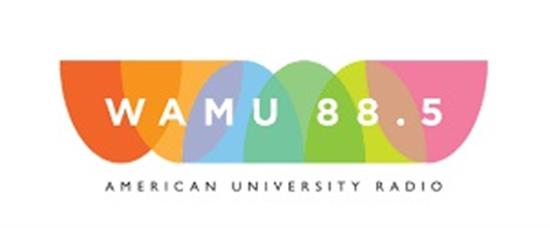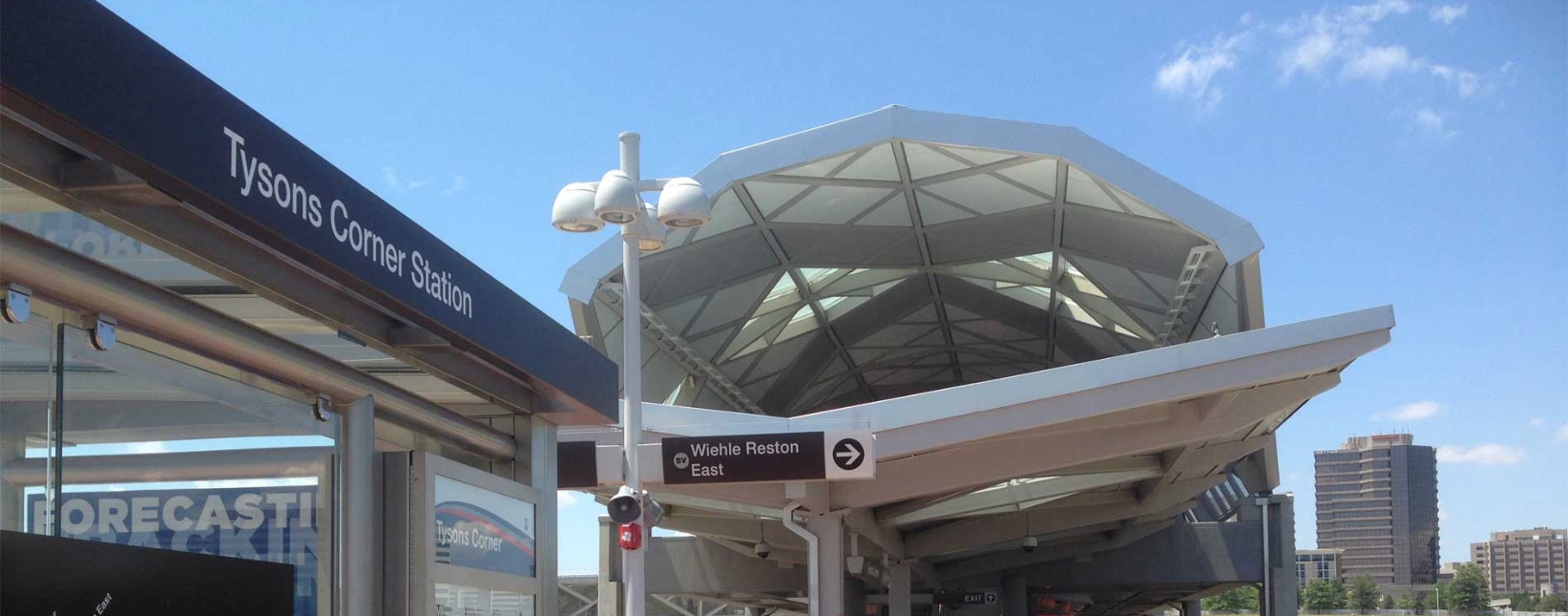Government Watchdog Says Metro Rushed Into SafeTrack
Washington,
March 14, 2017
Martin DiCaro
Metro did not adequately plan for SafeTrack before launching the largest reconstruction program in the rail system’s 40-year history, according to a report released on Tuesday by a government watchdog agency. WMATA “lacked a comprehensive project management plan, which is a key tool to ensure a project is completed on-time, within-budget, and according to quality standards,” the 46-page report by the Government Accountability Office (GAO) concluded. Completing SafeTrack will “require an additional $40 million,” according to the GAO – money the Metro board has already approved for the fiscal year beginning July 1. Metro estimates the entire endeavor will cost an estimated $120 million. The SafeTrack assessment was requested by the House Oversight Committee chaired by Rep. Jason Chaffetz, R-Utah. While the report criticizes the lack of preparation that preceded the wholesale reconstruction of the oldest track infrastructure, the report credits Metro with learning from initial missteps and developing a “new organization-wide quality control and assurance framework and is implementing it for the first time through SafeTrack.” The report also recognizes Metro’s commitment to a new preventive maintenance program starting this summer because “SafeTrack in and by itself will not fix many of the systemic and organizational issues faced by WMATA.” After the around-the-clock track work began last June, federal transit officials identified problems with its quality – detailed in reams of monthly inspection reports – and Metro has admitted its haste in getting started. However, WMATA General Manager Paul Wiedefeld said the report overlooks the circumstances in which he launched SafeTrack. “While WMATA concurs with the findings and conclusions in the report and is already working to address the recommendations, we are concerned that the report does not accurately the urgent safety state that demanded we move as quickly as possible to start SafeTrack,” Wiedefeld said in a three-page email to GAO’s director of physical infrastructure issues, Mark Goldstein. “The report does not clearly express the true level of crisis the agency was facing almost one year ago.” Wiedefeld unveiled his ambitious plan in early May 2016, about six weeks after shutting down the entire rail system for emergency inspections of electric power cables. The one-day shutdown on March 16 came two days after a serious track fire snarled the rush hour commute near McPherson Square station. However, the GAO references a phone call between top Metro and federal safety officials that indicates the latter were well aware of the emergency. “At the time SafeTrack was planned, according to officials we spoke with, WMATA leadership was making critical decisions on how to address systemic deferred maintenance. Indeed, according to WMATA’s Chief Safety Officer, in a call on May 10, 2016, a senior official within [the Federal Transit Administration] notified WMATA that FTA was considering taking action to ‘shut down’ the entire Metrorail system due to safety concerns,” according to the watchdog group’s report. The report also details a number of shortcomings with Metro’s overall approach. Metro did not “(1) comprehensively collect and assess data on its assets, (2) analyze alternatives, or (3) develop a project management plan before starting work. WMATA did not follow these practices because it believed it needed to start work immediately to address critical safety issues.” Metro spokesman Dan Stessel disputed the report’s critique. “The GM saw an emergency and he took action,” Stessel said in an email to WAMU. “In fact, he would have acted even faster had he known the severity of the problem. This is a lot like second guessing how the fire department ran the hoses while your house is burning down.” Metro considered three timetables to complete SafeTrack before deciding on roughly one year. “These alternatives included 8, 10, and 22-month work schedules. According to WMATA officials, they ultimately settled on the initially announced 10-month plan, dubbed SafeTrack, because it best balanced rider disruption with addressing the urgent safety needs of the system,” the report said. But Metro failed to “determine the costs and impacts of each alternative, or assess them to determine which approach may have resulted in greater efficiencies, lower costs, or less disruption for riders and local jurisdictions.” Despite such issues, Metro has “accomplished a substantial amount of repair work to bring its track infrastructure closer to a state of good repair,” the GAO concluded. “WMATA has replaced more than 26,000 crossties, with its goal being to replace over 45,000 crossties when the project is complete. Through surge 10, WMATA has also replaced more than 4,300 insulators, which support the third rail. WMATA plans to replace more than 11,800 insulators through SafeTrack, and has replaced over 700 power cables as well,” the report said. Congressman Gerry Connolly, D-Va., a long-time Metro supporter who has criticized the system’s tortured decline, issued a statement promising to examine the report at an upcoming hearing of the House oversight committee. “This report confirmed that SafeTrack will not fix all of WMATA’s systemic and organizational deficiencies, but I welcome the GAO’s assessment that SafeTrack demonstrates that WMATA is ‘committed to preventative maintenance, including the repairing of track assets before they break and cause more cost and safety impacts on Metrorail riders,’” Connolly said in his statement. http://wamu.org/story/17/03/14/government-watchdog-says-metro-rushed-safetrack/ |

In the News
SUBSCRIBE
SUBSCRIBE
Sign up to get news and updates from Rep. Gerry Connolly directly to your inbox.



